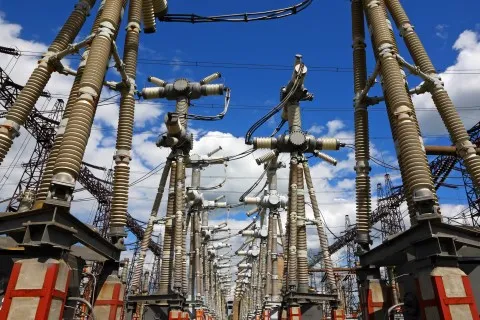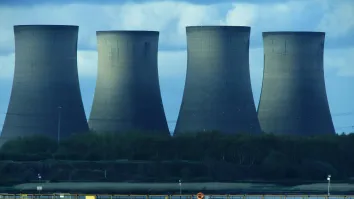
The latest setback of India's ultra mega power project may be a blessing: IEEFA
Bidding guidelines for the project are further delayed.
India's grand plans for its ultra mega power project has come against another hurdle as bidding guidelines have been further delayed. Institute for Energy Economics and Financial Analysis energy-markets consultant Jai Sharda said that in the latest development around the already much-delayed bidding guidelines for new Ultra Mega Power Plants, the Indian Ministry of Environment and Forests says it will allow the imported-coal-fired projects to proceed only if the project developers sign what are ultimately impractical memorandums of understanding with coal suppliers.
This proposal is difficult for project developers, Sharda said, who would already have entered into a fuel supply pact with a foreign coal supplier. And the Modi government has expressed its commitment time and again to a policy of ending coal imports.
Here's more from IEEFA energy-markets consultant Jai Sharda:
Ever since the bids for two proposed UMPPs—Cheyyur plant in Tamil Nadu and Bhedabahal plant in Odisha—were scrapped almost two years ago after all bidders backed out, fresh bidding has been on hold pending the passage of new guidelines.
The delay undermines the streamlined “plug-and-play” model developers had hoped to follow. Now it looks highly improbable that new bids will see the light of day before next year. Authorities had once said bidding guidelines would be finalized by March 2015.
A host of other problems plague India’s ambitious UMPP program. First is the cost of electricity from such plants. IEEFA estimates that the proposed Cheyyur UMPP would produce electricity that would cost around Rs 5.93/kWh, which is much higher than the average wholesale cost of electricity in India of around Rs 3.00-4.00 and higher than the cost of electricity from solar capacity of Rs 4.40-4.80. With both capital cost and operating costs projected to rise as time goes by, electricity from UMPPs will become costlier with each delay in bidding. Indian policymakers’ experiment with UMPPs has not shown much success in the past, either. As we noted here last month, an important moment in India’s overall electricity sector transformation occurred in June 2016, when it was reported that the Indian Power Ministry had proposed scrapping plans for four coal-fired Ultra Mega Power Plants, in Chhattisgarh, Karnataka, Maharashtra and Odisha. This was the first such cancellation notice since a UMPP development policy was first proposed in 2005/06 and serves as a clear acknowledgement of multiple difficulties associated with the development of large-scale coal power plants.
Another problem facing UMPPs (and electricity development in general in India) is the limited ability of power companies to finance new thermal power projects. The leverage of the top six power players in India has risen from 1.5x in 2010/11 to 2.7x in 2015/16. Moreover, the Indian Banking system is under stress, with the Reserve Bank of India estimating that India’s Gross Non Performing Assets may increase to 8.5 percent by March 2017, up from 4.6 percent in March,2015. The power sector has been responsible for much of the mess, contributing 11 percent to the total stressed advances of banks, despite constituting only 7.8 percent of overall loans.
But most of all, India does not need new UMPPs, certainly not at least until 2022. India’s coal-fired power plants operated at an average Plant Load Factor of 58 percent in 2015/16. Our research indicates that India’s plans to expand capacity of renewable energy to 175 gigawatts, Indian policymakers’ plans to shut down 37 GW of old, inefficient and polluting plants, and assuming that the 65 GW of currently under-construction coal fired power capacity comes on stream, India’s coal-fired power plants would operate at an average PLF of only 56.7 in 2021/22.
India can take a valuable lesson on this point, from China, which has suffered from adding too much coal-fired power capacity, too quickly. The average PLF of coal-fired power plants in China fell to just 46.4 percent in the first half of 2016, and the country’s coal sector is riddled with stranded assets.



















 Advertise
Advertise







